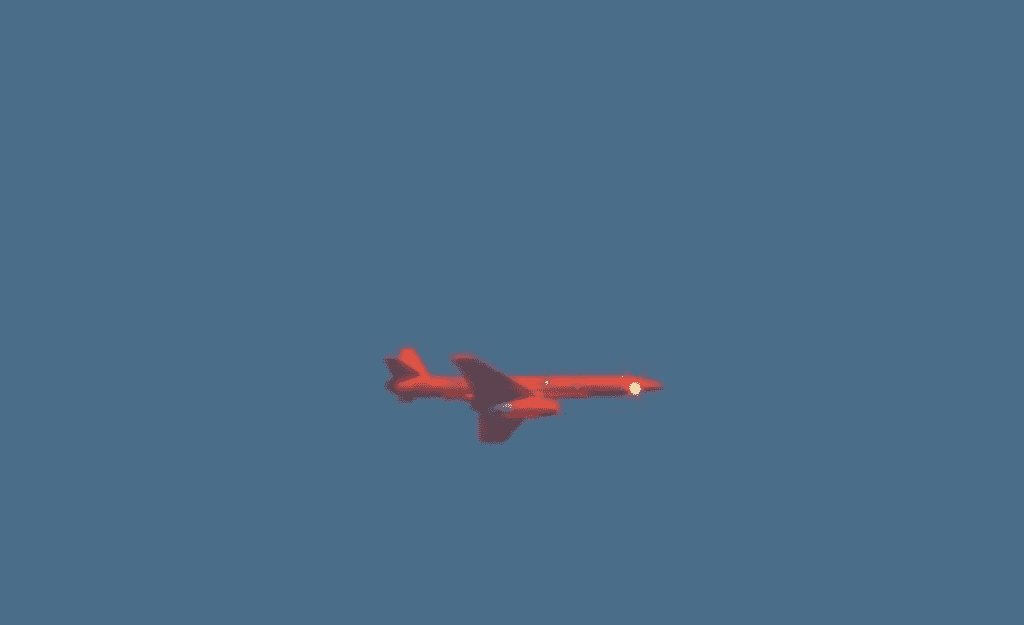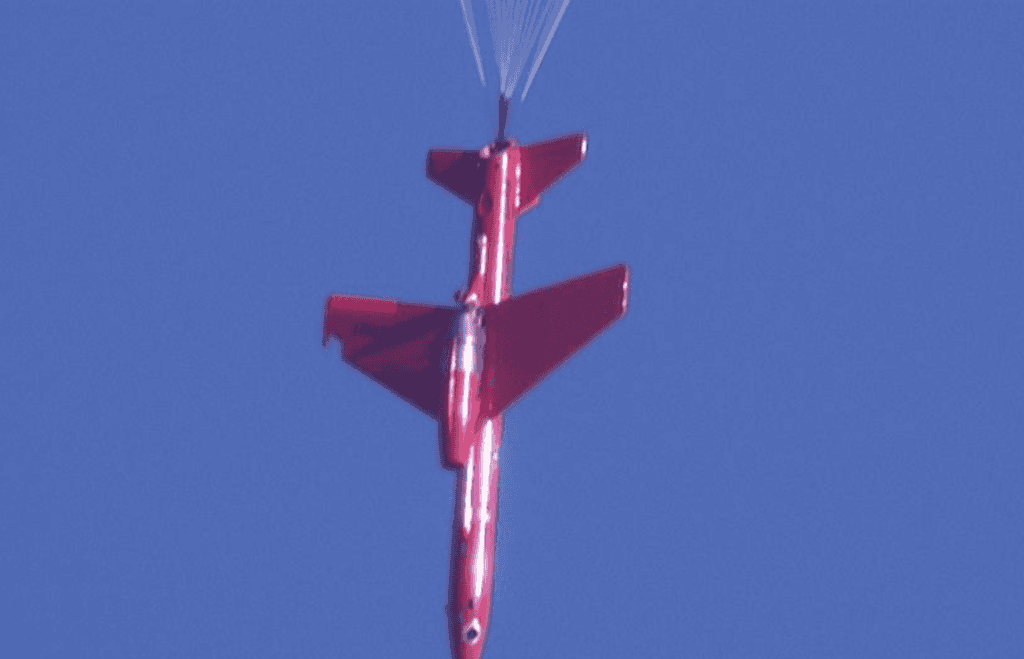A ground-based U.S. Navy laser system shot down a target drone representing a subsonic cruise missile in flight.
On Wednesday, the Office of Naval Research (ONR) announced the “historic” successful test of its Layered Laser Defense (LLD) system, which took place in February. The LLD, which was designed and built by Lockheed Martin, is a multi-domain capable all-electric, high-energy laser that can counter unmanned aerial systems, fast-attack boats, and now cruise missiles traveling at subsonic (slower than the speed of sound) speeds.
During the February tests, at the White Sands Missile Range in New Mexico, the LLD system targeted a variety of drones, including fixed-wing systems, quadcopters and high-speed drones meant to simulate subsonic cruise missiles.

“Innovative laser systems like the LLD have the potential to redefine the future of naval combat operations,” Chief of Naval Research Rear Adm. Lorin C. Selby said. “They present transformational capabilities to the fleet, address diverse threats, and provide precision engagements with a deep magazine to complement existing defensive systems and enhance sustained lethality in high-intensity conflict.”
Rock Cordaor, Vice President for Lockheed Martin Advanced Product Solutions, said the company employed “best-in-class laser weapon subsystems from across the corporation, including key industry partner Rolls-Royce, to support the entire threat engagement timeline from target detection to defeat.”

Though the Navy does not intend to ever field LLD itself, the system is intended to help mature laser-based defense systems.
“LLD is an example of what a very advanced laser system can do to defeat significant threats to naval forces,” said David Kiel, a former Navy captain who now serves as the program officer in ONR’s Aviation, Force Projection and Integrated Defense Department, which managed the testing.
“We have ongoing efforts, both at ONR and in other Navy programs, to keep building on these results in the near future,” Kiel said.
The all-electric LLD is an improvement over past chemical-based lasers. Dr. Frank Peterkin, ONR’s directed energy portfolio manage, said the Navy had tested chemical-based laser systems as far back as the 1980s, but they “presented significant logistics barriers for fielding in an operational environment and, ultimately, those types of lasers did not transition to the fleet or any other Service.”
Peterkin said ONR now coordinates closely with the Navy to develop the kinds of laser systems that would be practical “for the Navy’s requirements to defend the fleet and for operations in the rough maritime environment at sea.”
“The next few years are going to be very exciting as we work with the Navy and joint partners to make the capability we just saw demonstrated by the LLD a reality for the naval warfighter,” Peterkin added.
The Navy isn’t the only branch developing laser weapons systems. The U.S. Army is also in the process of developing laser defense systems.



